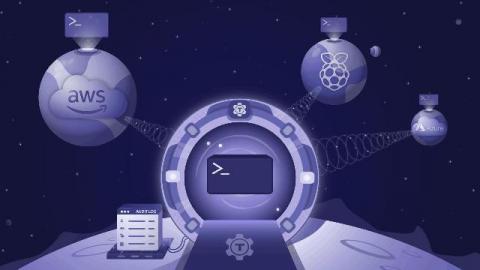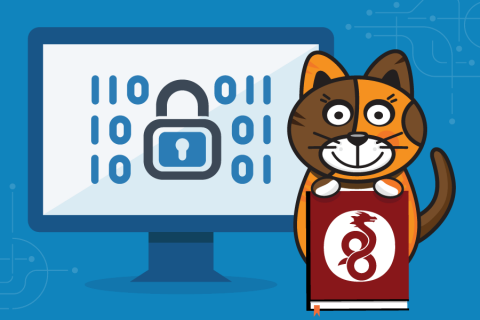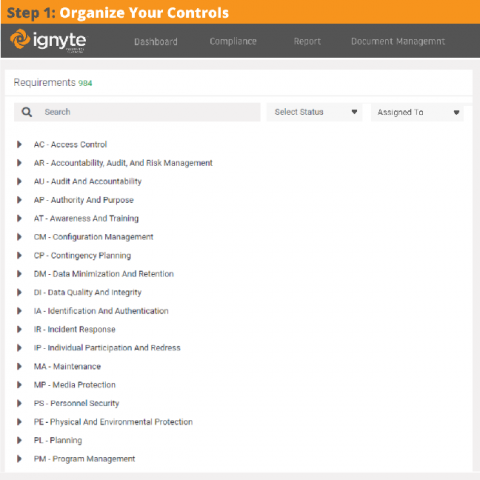Introducing Teleport 4.3 - Modern Replacement for OpenSSH
We’re excited to announce the release of Teleport 4.3 - new UI, API driven, expanded audit capabilities, and still open source. This version is so significant, we nearly called it 5.0! In this post, we’ll cover the major new features and you’ll see why we called it ‘Teleport’.









